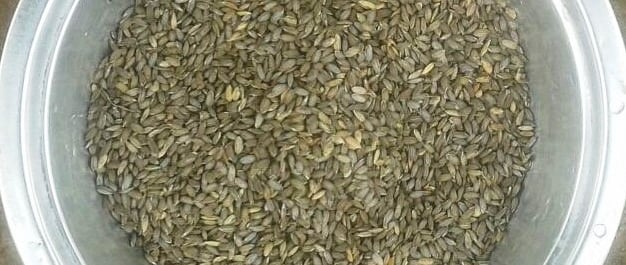Pathariya: Challenging the Knowledge
Indigenous variety of upland rice from south Rajasthan, a complete food
Deepak Sharma
3/3/20231 min read


"Rice provides carbohydrate to body and it helps in working of body" therefore it is foods for work i.e. make the body work mainly. This is what I had known about the rice. It may be true for most rice namely Basmati, Kali Kamod, Jeera or other white rice which are on self of most of the stores. Thy information I live with was proved myth, when we first got introduced to Pathariya. It is dry land variety of rice variety of rice commonly grown in undulated parts of Banswara. Our farmer friend Mr. Ranglal, from village Ratapan, district Banswara, introduced us to Pathariya. He informed us that Pathariya contains more nutrients than carbohydrate, while our information was limited to it.
Thus we decided to get Pathariya and some other varieties from local food basket getting tested for their nutritional values. The opportunity to get these tested came through a research study on revival of nutritional sensitive farming system, under umbrella of LANSA (Leveraging Agriculture for Nutrition in South Asia) under the guidance of MS Swami Nathan Research Foundation, India and IDS, UK. This study is supported and funded by DFID.
The result of nutrient analysis were eye opener for most of us, who read in the book that rice is the source of carbohydrate. Table-1 gives nutritional content of Pathariya, Colama and Kali Kamod compared with normal rice. This table is sufficient to tell that rice also protein, fat, iron, calcium, sodium and potassium or other micro nutrients provided it is one of the various locally grown varieties.
Idea to write this blog comes from the thought that there are many people like me who live with this myth that rice is a source of carbohydrate only. This can provide them motivation to look and buy not only Pathariya in Banswara but other local rice varieties, wherever they go. This is provided them with the opportunity to buy and test good quality rice with higher degree to "nutrient effectiveness" or say "cost effectiveness".
